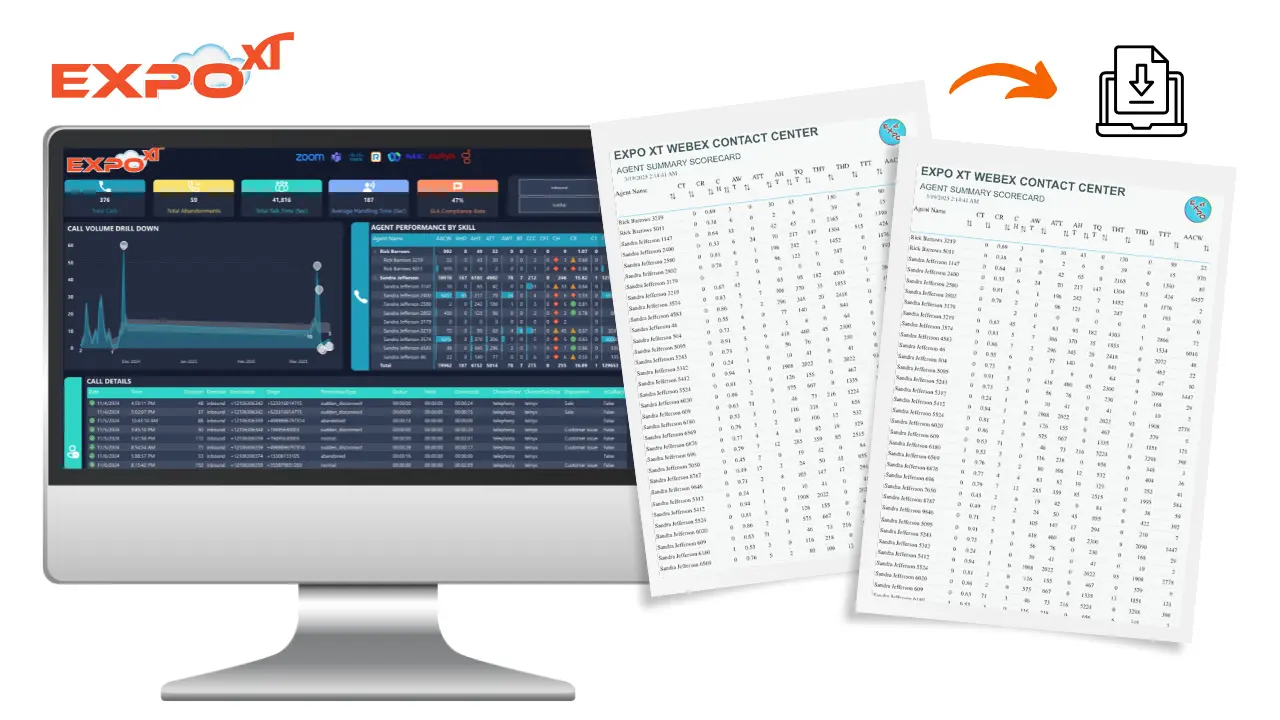

Is your team drowning in a sea of disconnected apps? Juggling Slack for messaging, Zoom for video, and a separate system for phone calls? This communication chaos creates friction, wastes time, and leads to a disjointed customer experience. The solution is Unified Communications (UC).
Unified Communications is not just another piece of software; it's a strategic framework that integrates all your communication tools into a single, seamless platform. This guide will walk you through everything you need to know, from the core components and business benefits to the key terms that define the modern communication landscape.
...Unified Communications didn't appear overnight. It evolved from the traditional office phone system. For decades, the PBX (Private Branch Exchange)—a bulky piece of hardware in a server closet—was the heart of business communication. As the internet matured, VoIP (Voice over IP) emerged, allowing calls over data networks and paving the way for software-based phone systems. This convergence of voice and data was the first step toward true unification. Today, the trend is overwhelmingly toward cloud-based UCaaS (Unified Communications as a Service) platforms, which deliver enterprise-grade communication with unparalleled flexibility and scalability.
Adopting a UC strategy is about more than just convenience; it delivers tangible business results.
Reduced Costs: Consolidate multiple vendor contracts into one. A 2022 Metrigy study found that companies see an average ROI of 119% from their UC investments, driven by cost savings and productivity gains.
Increased Productivity: Minimize the time employees waste switching between different applications. Features like presence and integrated messaging allow for quicker decisions and faster problem-solving.
Enhanced Mobility & Hybrid Work: UC platforms provide a consistent experience whether an employee is in the office, at home, or on the road, empowering a flexible and effective hybrid workforce.
Improved Customer Experience (CX): Agents and employees can collaborate more easily to resolve customer issues on the first contact. Analyzing key metrics through powerful call center analytics can pinpoint exactly where UC features are improving CX.
Simplified IT Management: Instead of managing and securing a dozen different communication tools, your IT team can focus on a single, centralized platform.
Navigating the world of UC means understanding its language. Here are the most important terms to know.
A set of rules that allows different software applications to communicate with each other. APIs are crucial for integrating your UC platform with other business tools like your CRM.
A cloud-based solution for managing omnichannel customer interactions. CCaaS platforms provide advanced tools for routing, agent management, and analytics to help businesses **reduce abandoned calls** and improve service levels. Leading providers include Webex Contact Center and NICE CXone.
A data record containing detailed information about a phone call. CDRs are the raw data used by platforms like Metropolis to power in-depth call reporting and analytics, turning simple call logs into valuable business insights.
Technology that enables computers to interact with telephone systems. A common example is a "screen pop" that displays a customer's CRM record on an agent's screen when they call in, a feature often tracked within **comprehensive call center solutions**.
A private telephone network used within a company. While traditionally hardware-based, modern IP-PBX systems are software-based. Major enterprise PBX providers include Avaya, **Cisco (CUCM)**, and Mitel.
Implementing a powerful UC platform is only half the battle. How do you know if it's actually working? How do you measure adoption, identify issues, and prove the ROI of your investment? That's where Unified Communications Analytics comes in.
A robust analytics platform like Metropolis sits on top of your UC system and transforms raw data (like CDRs) into actionable business intelligence. It provides the call accounting and reporting capabilities that native platforms often lack.

With UC analytics, you can:
Track User Adoption: See which features are being used and by whom. Identify departments that need more training.
Monitor Call Quality: Proactively identify and troubleshoot issues like jitter, latency, and dropped calls.
Optimize Licensing Costs: Analyze usage data with detailed call detail reports to ensure you aren't paying for licenses or features that your teams don't use.
Enhance Security: Detect unusual call patterns that could indicate toll fraud or other security threats.
Without analytics, your UC platform is a black box. With analytics, it becomes a transparent, optimizable engine for business growth.
The world of UC is constantly evolving. The next frontier is the deeper integration of Artificial Intelligence (AI) to provide real-time transcriptions, call summaries, and sentiment analysis. The focus is shifting from simply unifying communications to creating a "Total Experience" (TX), where exceptional employee and customer experiences are interconnected and mutually beneficial.
Selecting a UC solution is a major decision. Use this checklist to guide your process:
Assess Your Current Infrastructure: What systems are you using now? What are the biggest pain points?
Define Your Business Needs: List your must-have features (e.g., call recording, international calling, CRM integration).
Evaluate On-Premise vs. Cloud (UCaaS): Based on your IT resources, budget (CAPEX vs. OPEX), and scalability needs, determine which deployment model is right for you.
Shortlist Vendors and Demo Products: Look at leading platforms like Microsoft Teams, Cisco Webex, and Zoom. Test their usability and feature sets.
Plan for Analytics: Don't treat reporting as an afterthought. A platform's native reporting is often limited. Ensure you have a strategy for a third-party analytics solution, like Metropolis, to measure success and prove ROI from day one.